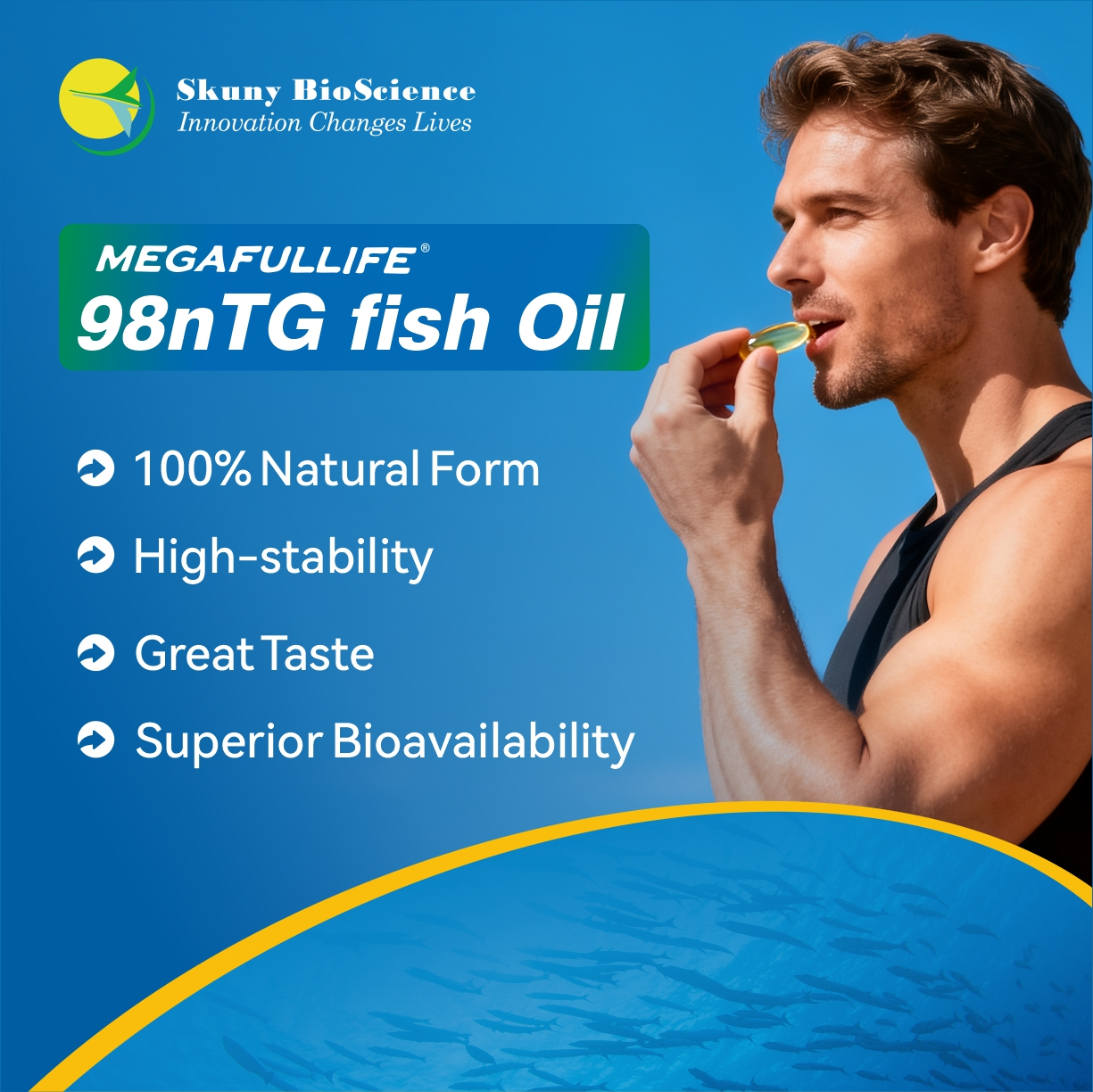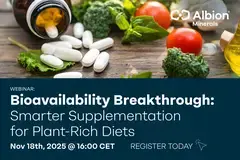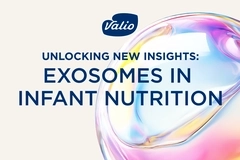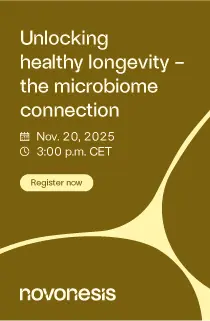“Urgent need” for collagen codes of conduct after controversial study reveals contamination
14 May 2020 --- A white paper published by US non-profit Clean Label Project and the Organic Consumers Association found that four of 30 tested collagen peptide supplements contained traces of heavy metal contamination, which has sparked a debate on overall supplement safety. The report has also been scrutinized for “overly sensationalizing” its findings by members of the industry, including Natural Products Association and the Collagen Stewardship Alliance. NutritionInsight speaks to the latter on cracking down on collagen safety, as well as to collagen specialists Rousselot and Gelita on how they guarantee their products are safe for consumption.
“It’s the duty of whoever is conducting these reports, or any science, to report it accurately. That is why we have things like the peer review process for published science. Unfortunately, this sort of white paper does not fit into that category and they are not independently reviewed. White papers and other reports can be a great resource, but the fact they do not undergo peer review in the same way that a published scientific study does mean that they are open to much bigger biases and misreporting,” Nathan Gray, Science and Technology Director, Collagen Stewardship Alliance, tells NutritionInsight.

The Clean Label Project also tells NutritionInsight that the report aimed to supply consumers with information about the origins of collagen and the treatment and living conditions of the animals before they are used for collagen. “Do the animal welfare realities of collagen sources align with natural product consumer values? When it comes to heavy metals, lots of products tested look great. Some products don't – this is important information for consumers of any food products, but especially those consumers whose health concerns drive their buying decisions around supplements.”
The Clean Label Project white paper tested 30 collagen products purchasable via Amazon.com for arsenic, cadmium, lead and mercury. It reports that although 100 percent of supplements tested had mercury below levels of quantification, 34 percent did have trace levels. Meanwhile, 37 percent tested positive for lead and 17 percent positive for cadmium.
 The white paper has sparked a debate on the two-sided face of supplement safety. Out of the 30 tested products, four (13 percent) failed to meet standards relating to maximum limits, which the Collagen Stewardship Alliance deems “clearly unacceptable.” One product, BulletProof Collagen Protein Chocolate, failed to satisfy the safety criteria in both the cadmium and lead categories. It contains 9.17 µg of cadmium per serving and exceeds this heavy metal’s maximum limit of 4.1 µg, as well as 1.57 µg per serving of lead, more than lead’s 0.5 µg maximum level.
The white paper has sparked a debate on the two-sided face of supplement safety. Out of the 30 tested products, four (13 percent) failed to meet standards relating to maximum limits, which the Collagen Stewardship Alliance deems “clearly unacceptable.” One product, BulletProof Collagen Protein Chocolate, failed to satisfy the safety criteria in both the cadmium and lead categories. It contains 9.17 µg of cadmium per serving and exceeds this heavy metal’s maximum limit of 4.1 µg, as well as 1.57 µg per serving of lead, more than lead’s 0.5 µg maximum level.
Furthermore, considering most collagen is derived from animal sources, mainly bovine, chicken, beef and fish, the white paper stresses that heavy metal contamination is a by-product of concentrated animal feeding operations, animal processing and air pollution.
Responding to the news, collagen specialist Gelita tells NutritionInsight that it does not experience any problems with collagen safety. “Besides extensive tests to characterize collagen, our own laboratory also carries out all analyses of residues requested by Regulation (EC) No 853/2004, on heavy metals such as arsenic, lead, cadmium, mercury, chromium, copper and zinc. The values detected – which are below the detection limits of the highly sensitive test methods applied – fall considerably below the stringent limits fixed there.”
Similarly, Rousselot circumvents this issue by strictly following all regulations that protect the consumer from potential contaminants, Tanja Vervust, Global Quality Director, Rousselot, also tells NutritionInsight. “Our Hazard Analysis and Critical Control Points plans require that an analysis of our products be performed by external accredited laboratories. We source our raw materials from porcine, bovine and fish sources fit for human consumption, all of which are fed in accordance with consumer protection regulations.”
All of Rousselot’s animal feed for cattle and pigs in the EU comply with Regulation (EC) No 999/2001 and fish species used by Rousselot are either farm-raised or wild-caught, coming from establishments registered by the EU for the production and import of edible fish.
An “economic motive” for shortcuts
The identification of four potentially unsafe products out of 30 tested is “not good enough,” declares Gray. “It is clear that the collagen category is in urgent need of agreed-upon best practices and codes of conduct, which will ensure those who are currently providing inferior quality products into the marketplace are not allowed to continue.”
He notes that, as in any high growth category, there is an economic motive for some suppliers to take short cuts, which often lead to impurity, adulteration and not meeting set standards. The Collagen Stewardship Alliance is currently working with the industry to deploy strict codes of ethics and quality standards.
Likewise, the Clean Label Project's white paper aimed to bring attention to the fact that product labels, which consumers often rely on, are sometimes misleading. “Collagen is a fast growing category in the natural products space. If the collagen isn't certified organic, where is it coming from? The objective is to talk about where collagen comes from,” says the non-profit.
Food testing in the report was performed by International Standardization Organization (ISO)-accredited analytical chemistry laboratories using Inductively Coupled Plasma Mass Spectrometry. Upon completion of the testing, the results were reported on a per serving basis (8 parts per billion) and compared to the California state law standard, which requires the state to maintain and update a list of chemicals known to cause cancer or reproductive toxicity.
 Misleading information can shift consumers’ perception of the safety of any product, says Rousselot.
Misleading information can shift consumers’ perception of the safety of any product, says Rousselot.
Risks of misinformation
Despite the strides needed to guarantee continued product safety in the collagen supplements sector, many of the details of the paper have come under fire from industry players. “We urge reports like this to not overly sensationalize their findings,” warns Gray. “Quoting figures on total measurable levels are unhelpful. This groups together many products that have a perfectly safe and legal low-level presence with those that are unsafe and are clearly produced in ways that do not follow safety guidelines and industry best practices.”
Meanwhile, Dr. Daniel Fabricant, President and CEO of the NPA even went as far as to call the white paper “another dirty trick” in “fear-mongering.” He argues that the paper is not in line with consumers’ rights in receiving science-based facts about how to support their health. “NPA believes this group should disclose its funders and the full methodology it used to produce this study so the public can make an educated decision about what products to use,” he maintains.
Gelita also flags that the presented data in the white paper shows highest concentrations in composite foods, or finished products, but the composition of the tested products is “not known.” As heavy metals naturally occur in the environment, Gelita affirms it should be taken into consideration that they might result from other sources. “This fact is unfortunately not considered in the white paper and therefore shows a completely wrong picture concerning the safety of collagen in human nutrition. It creates a bad perception and distrust in the food industry in total.” Likewise, Vervust of Rousselot affirms that misleading information can shift consumers’ perception of the safety of any product.
Lifting the fog on safe arsenic levels
The white paper also found that 64 percent of the collagen products tested had measurable levels of arsenic on a per serving basis ranging from 0.09 up to 4.7 µg per serving. “Reporting that 64 percent of products contain arsenic is overly sensationalized and undermines consumer understanding since the report later states that none of the products tested exceeded the 10 μg per serving threshold limit. In fact, all products tested were at least 50 percent below the maximum threshold for arsenic,” Gray asserts.
Furthermore, the NPA highlights arsenic is found in water, air, soil and foods, in the latter of which it may be present as inorganic arsenic – the most toxic form of arsenic – or organic arsenic. Arsenic is common in rice, with researchers recently revealing that half of UK rice contains more arsenic than the European Commission (EC) regulations for rice meant for the consumption for infants or young children.
“While we must ensure those [products] that did not meet [safety] standards are held to account, we should not cast a shadow over the majority of products that were shown to be safe. These sorts of distortions to the findings of a study only serve to fuel further consumer confusion and are just as unacceptable as poor practices that lead to certain products not meeting quality standards,” Gray concludes.
By Anni Schleicher















